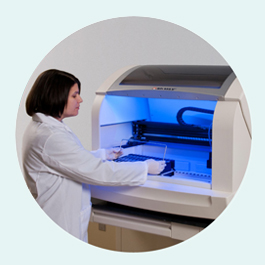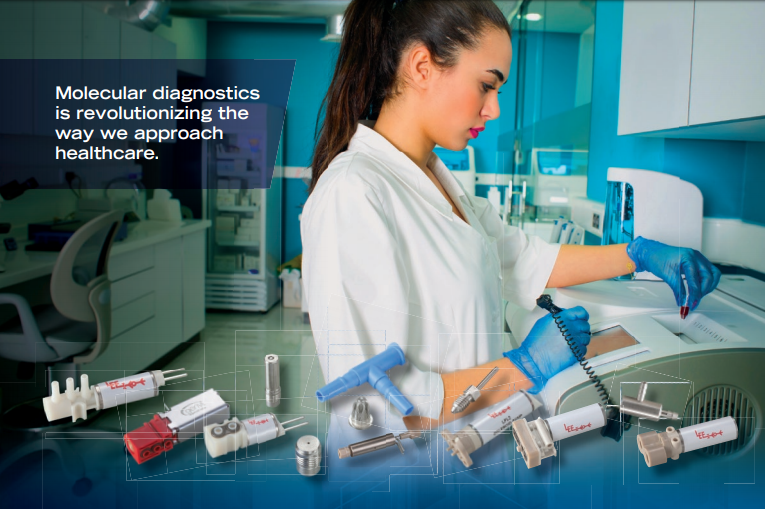

The two organizations first crossed paths in late 2018 when Inform Diagnostics was looking to transform its major systems, including ERP, CRM, HR and lab information, and support these initiatives with cloud-based infrastructure. Such is the case of the strategic relationship between Quisitive and Inform Diagnostics, one of the largest pathology labs in the United States, testing thousands of samples daily provided from specialists, surgery centers and other institutions. They’re carefully built over time on a foundation of trust, collaboration, and mutual respect. The name of the person authorized to submit the NPI application or to officially change data for a health care provider.Great partnerships are never born.
Inform diagnostics license#
For individual NPIs the license data is associated to the taxonomy code.
Inform diagnostics code#
There could be only one primary taxonomy code per NPI record.

The primary taxonomy code defines the provider type, classification, and specialization. The date that a NPI record was last updated or changed. The date the provider was assigned a unique identifier (assigned an NPI). The provider other organization name codes are: The code identifying the type of other name. The other organization name is the alternative last name by which the provider is or has been known (if an individual) or other name by which the organization provider is or has been known. These components are often separately licensed or certified by States and may exist at physical locations other than that of the hospital of which they are a component. Hospital components include outpatient departments, surgical centers, psychiatric units, and laboratories.

Subparts are the components and separate physical locations of organization health care providers.

The NPI is 10-position all-numeric identification number assigned by the NPPES to uniquely identify a health care provider. What is the National Provider Indentifier (NPI)? Typical divisions of a clinical laboratory include hematology, cytology, bacteriology, histology, biochemistry, medical toxicology, and serology. (2) Any facility that examines materials from the human body for purposes of providing information for the diagnosis, prevention, or treatment of any disease or impairment of, or the assessment of, the health of human beings. Facilities only collecting or preparing specimens (or both) or only serving as a mailing service and not performing testing are not considered clinical laboratories. These examinations also include procedures to determine, measure, or otherwise describe the presence or absence of various substances or organisms in the body. (1) A clinical laboratory is a facility for the biological, microbiological, serological, chemical, immunohematological, hematological, biophysical, cytological, pathological, or other examination of materials derived from the human body for the purpose of providing information for the diagnosis, prevention, or treatment of any disease or impairment of, human beings.


 0 kommentar(er)
0 kommentar(er)
